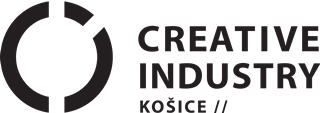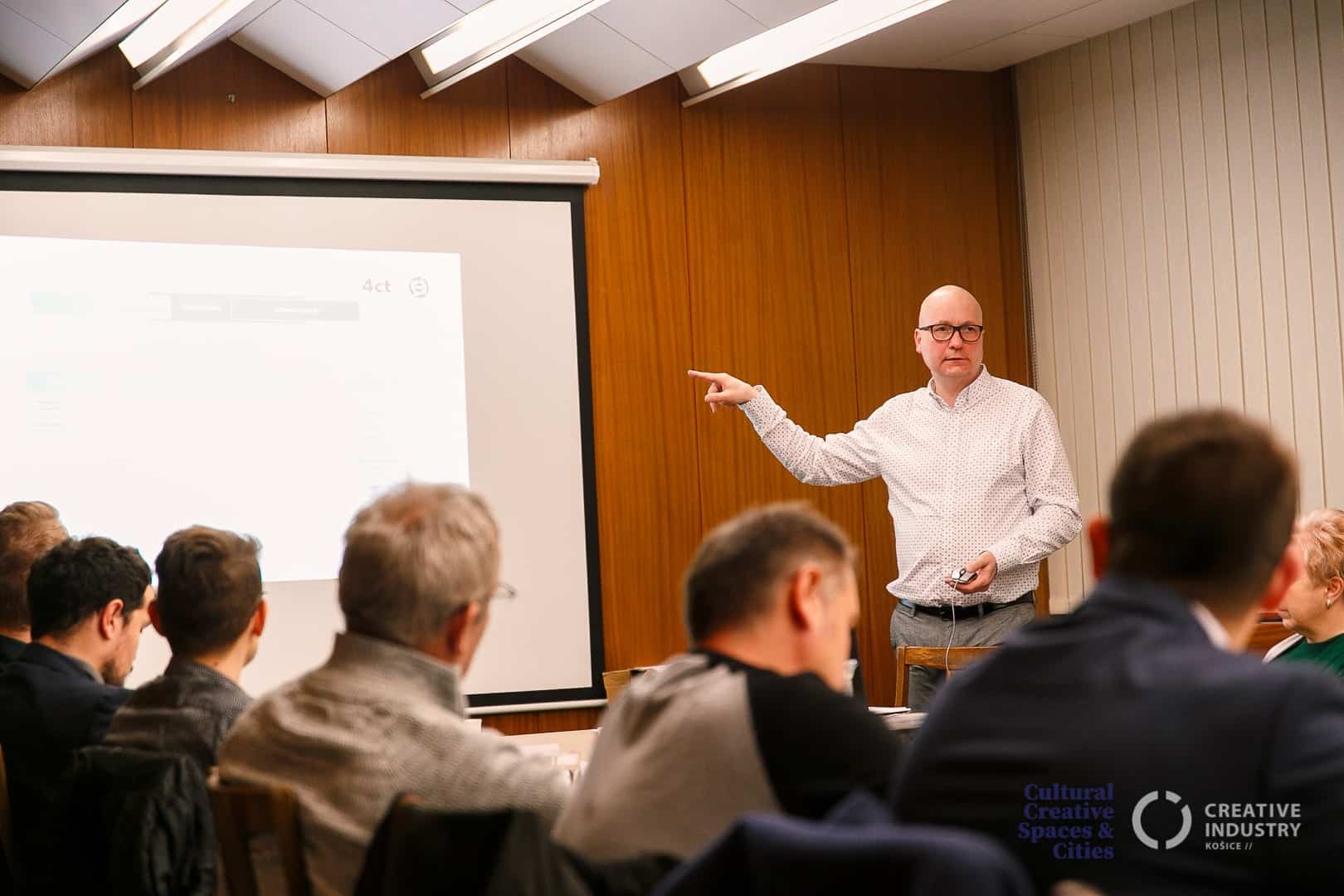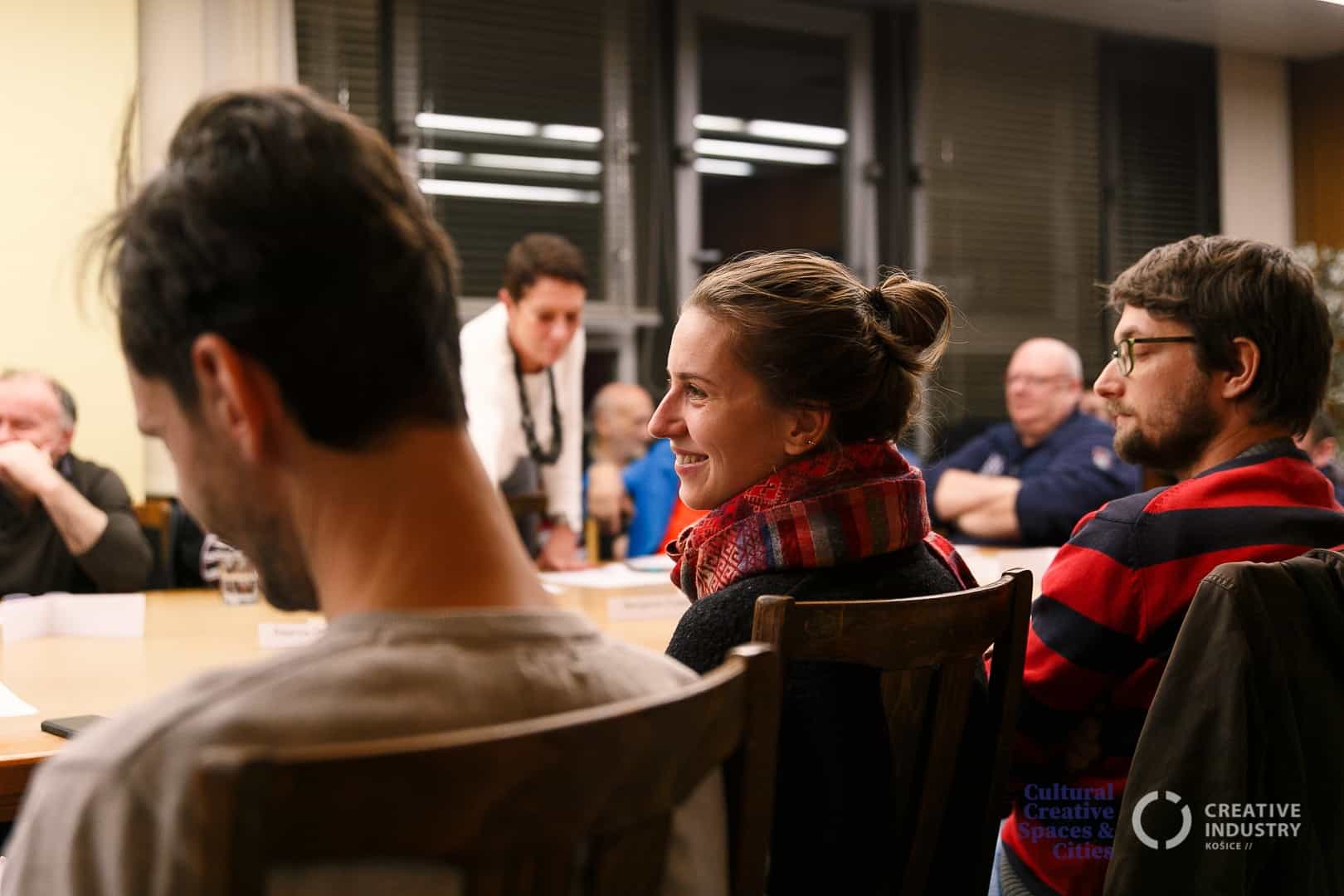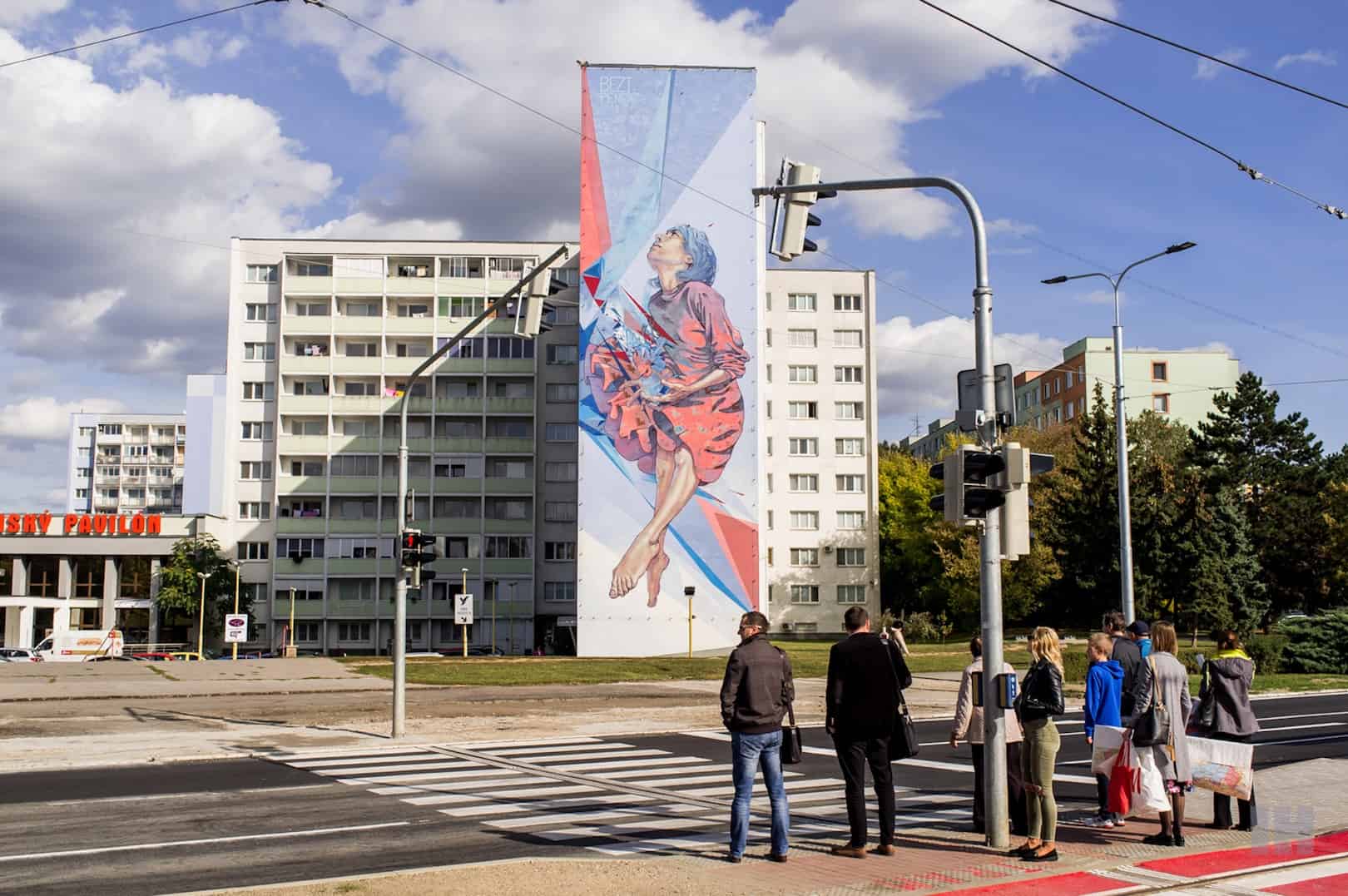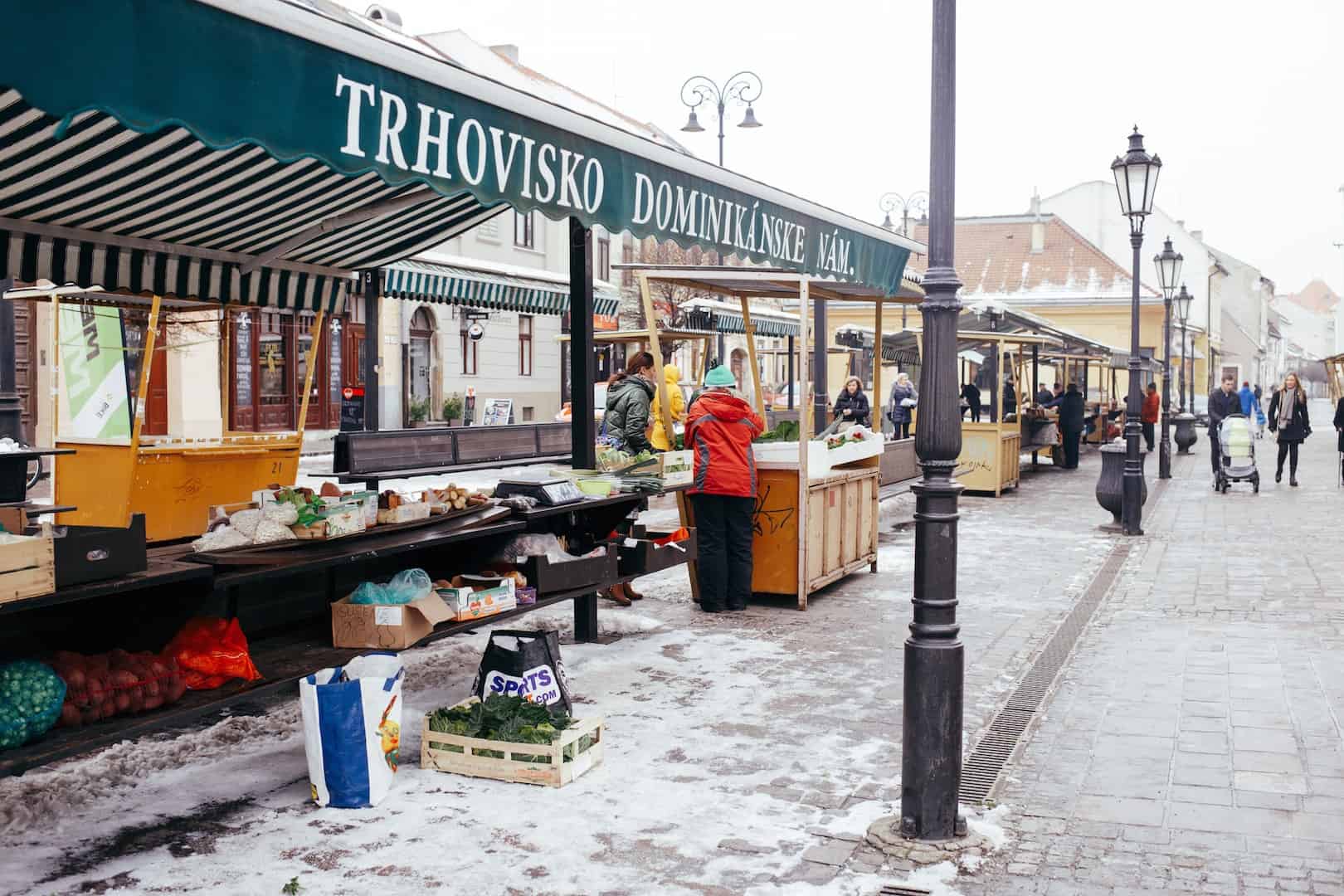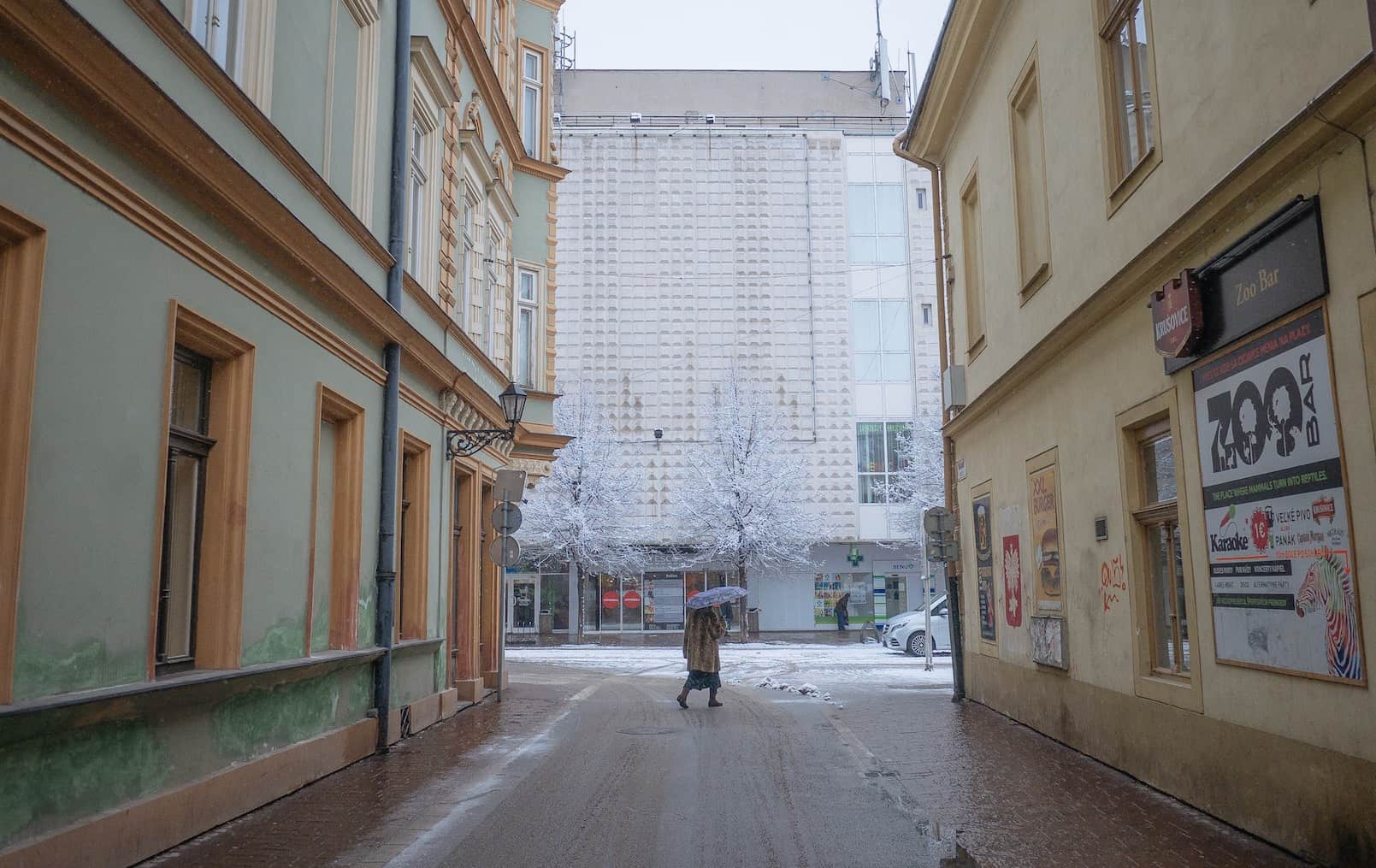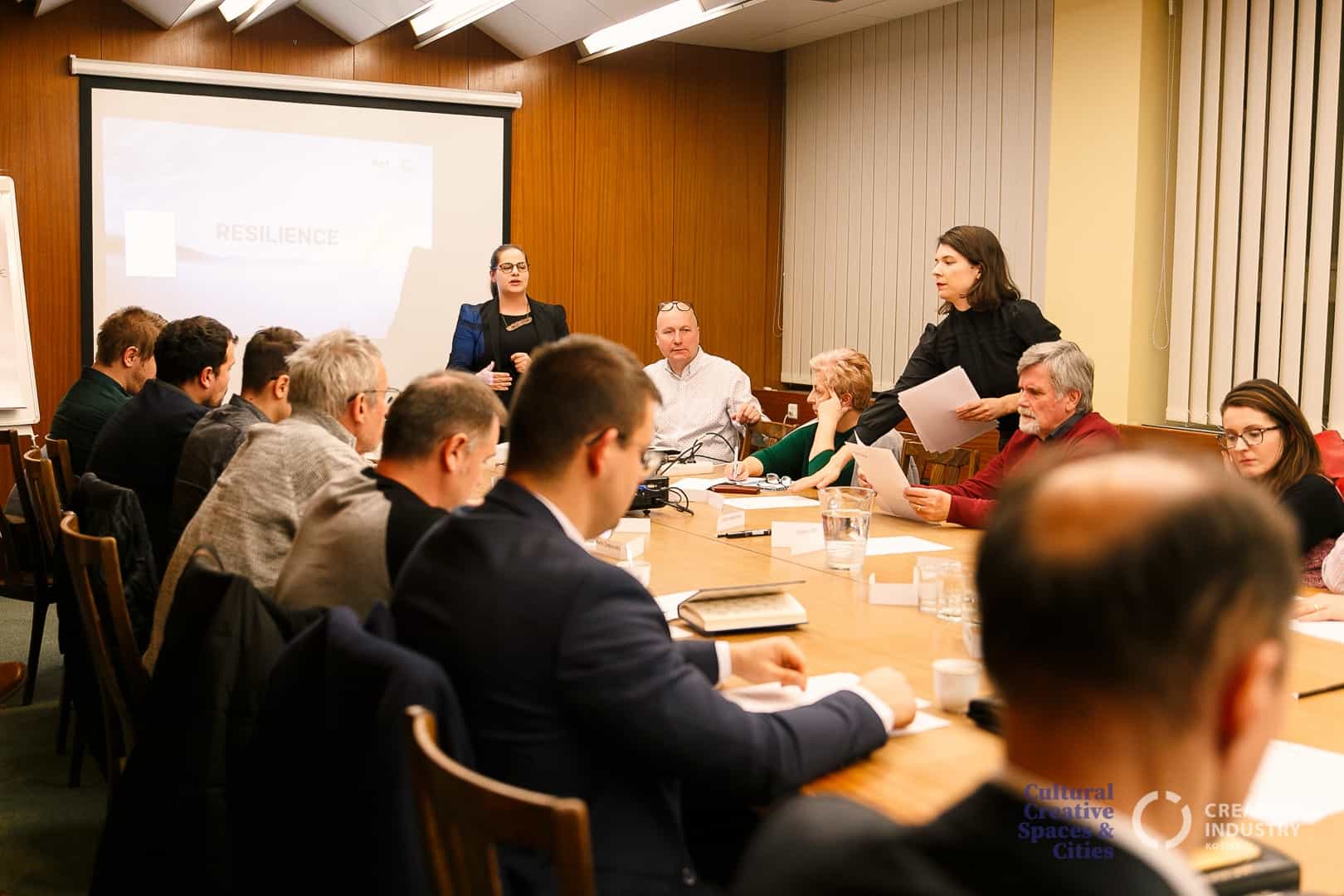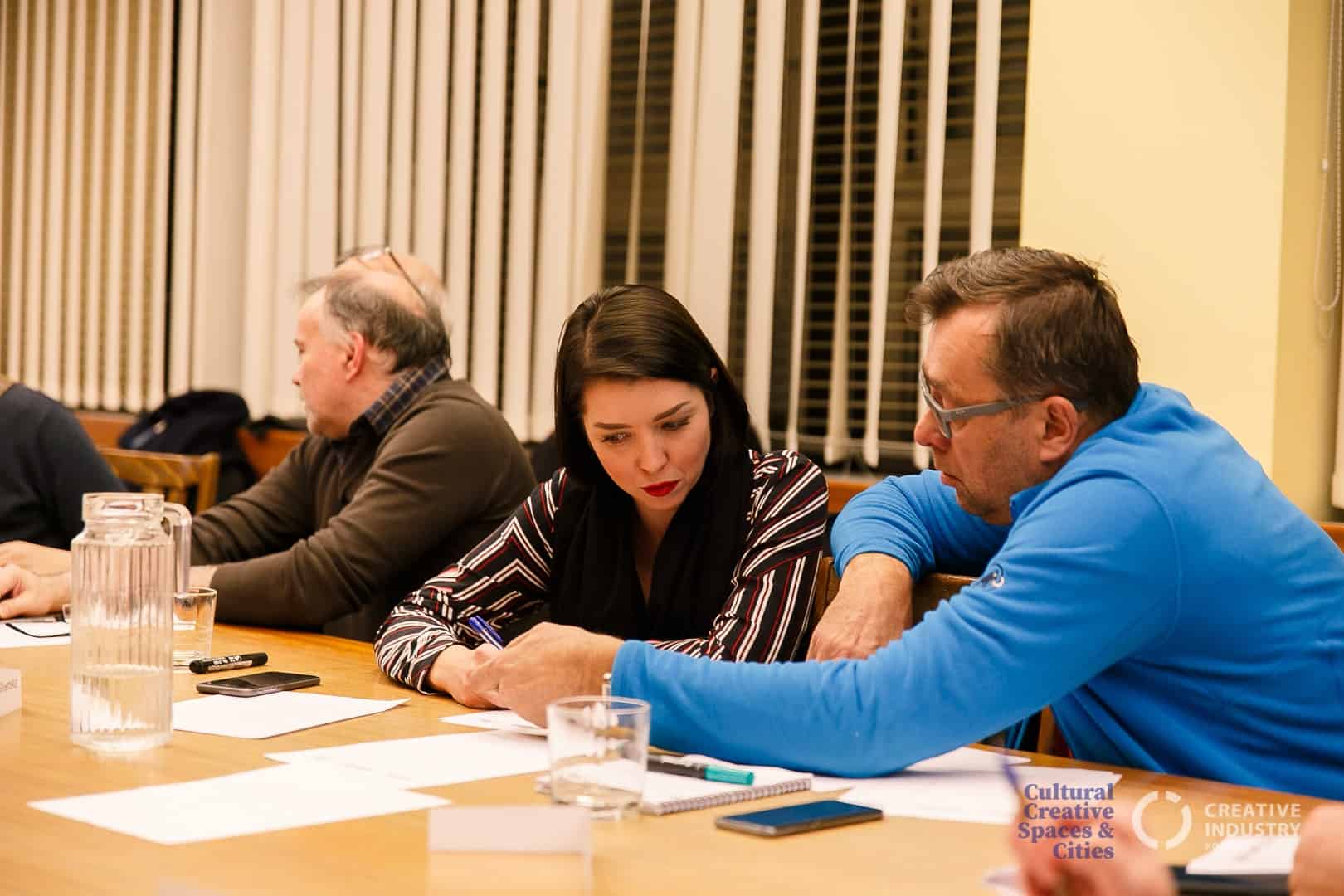Fascinated by zoning plans and archival documents, he decided he wanted to build cities. He worked for the company that built Optima Košice. The communists destroyed his hometown. He co-founded the young but already legendary Prague Institute of Planning and Development. In addition, he also stands behind several urban architecture studios and platform 4ct. Tomáš Ctibor led a workshop about the future of the Office of the Chief Architect at the Municipality of Košice. We discussed the history of urban planning, the current need for technology and data, and the future in which we won’t survive without creativity.
My hometown no longer exists
He remembers his hometown – Most – as a dirty and gray place, and at the same time, beautiful and mysterious. It was one of the first royal cities in Bohemia, and its development was steady because it prospered until the 20th century. The business was great here, and they had precious metals and coal. When they reached a certain level of build-up, they built a new square and continued building. They managed to preserve the Gothic footprint until it was destroyed. “After the war, the city was not renewed. There was also a decline in the social sphere. Many locals have moved away, and many new people moved in without bonding with the city. After the war, the Communists came and said that coal below the surface was way more valuable than what was on the surface for a thousand years, and they demolished it all,” says Tomáš.
His father was an expert in explosives and helped demolish the city of Most. Because of this, he had access to many documents and plans. As a result, Tomáš, as a young high school student, felt that things that disappear are rare and he should capture them somehow. At university, he came across the first experimental research of genius loci in his hometown. He says that it scientifically confirmed what he felt for many years, and he decided to build cities during his life. “At that time, I had no idea what it took to become an architect. But my desire was stronger.”
“I realized that everything we do is just a puzzle. Everything we experience in life is part of a bigger puzzle, and it will become useful later on.”
TOMÁŠ CTIBOR
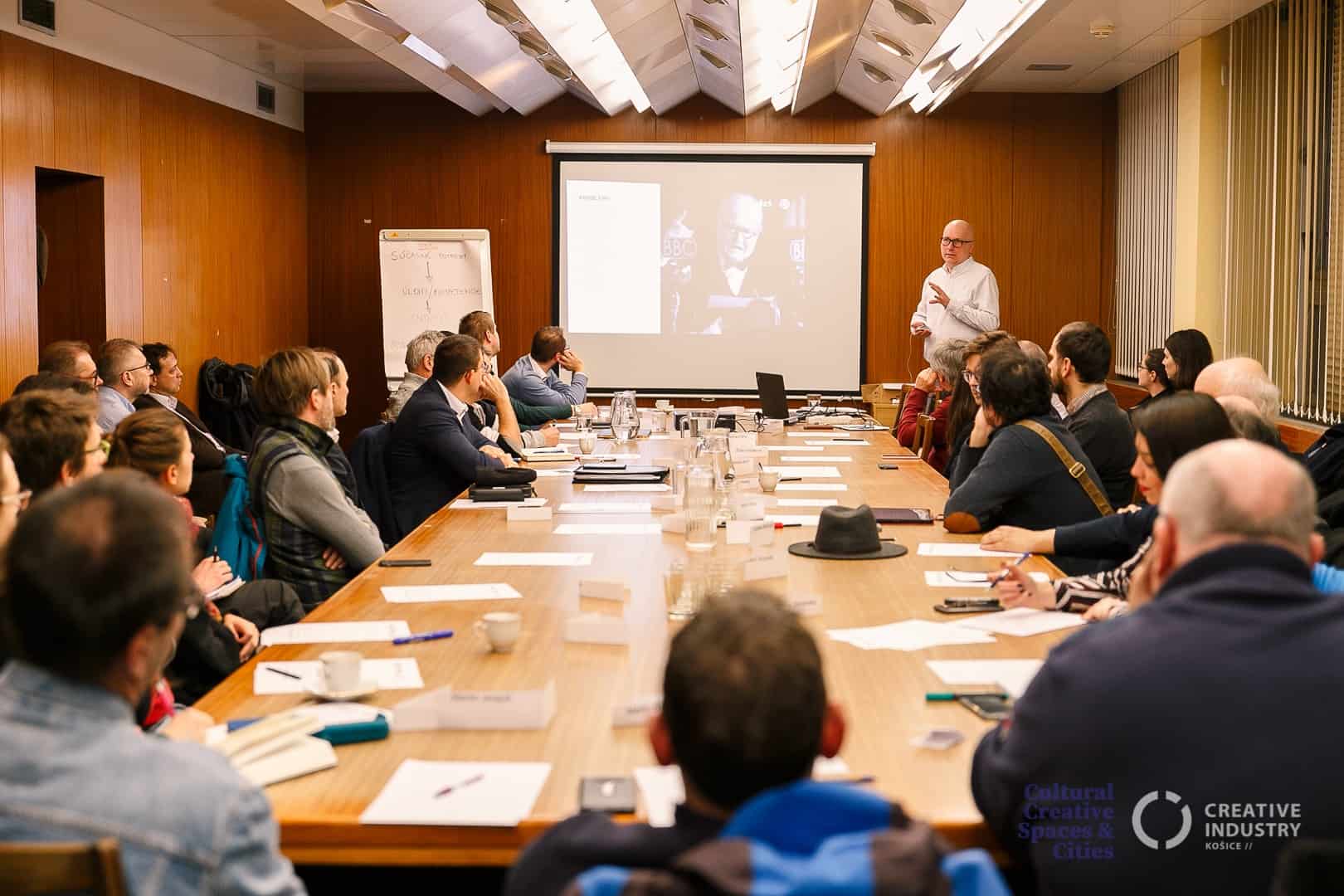
The medieval concept of a city works in Košice
Tomáš considers that the medieval concept of cities still works in the 21st century to be the unique thing about Košice. “I visited Košice for the first time when I worked for a company that invented shopping centers in England over 150 years ago. Your shopping mall Optima was also part of their portfolio. At that time, I wondered why it was necessary to build a box on the outskirts of the city when the shopping center you had was completely fine and functional,” says Tomáš. He mentions Košice as an example of how analysis and concept can be developed well, even in the 14th century. As a result, the city functions well for almost 800 years.
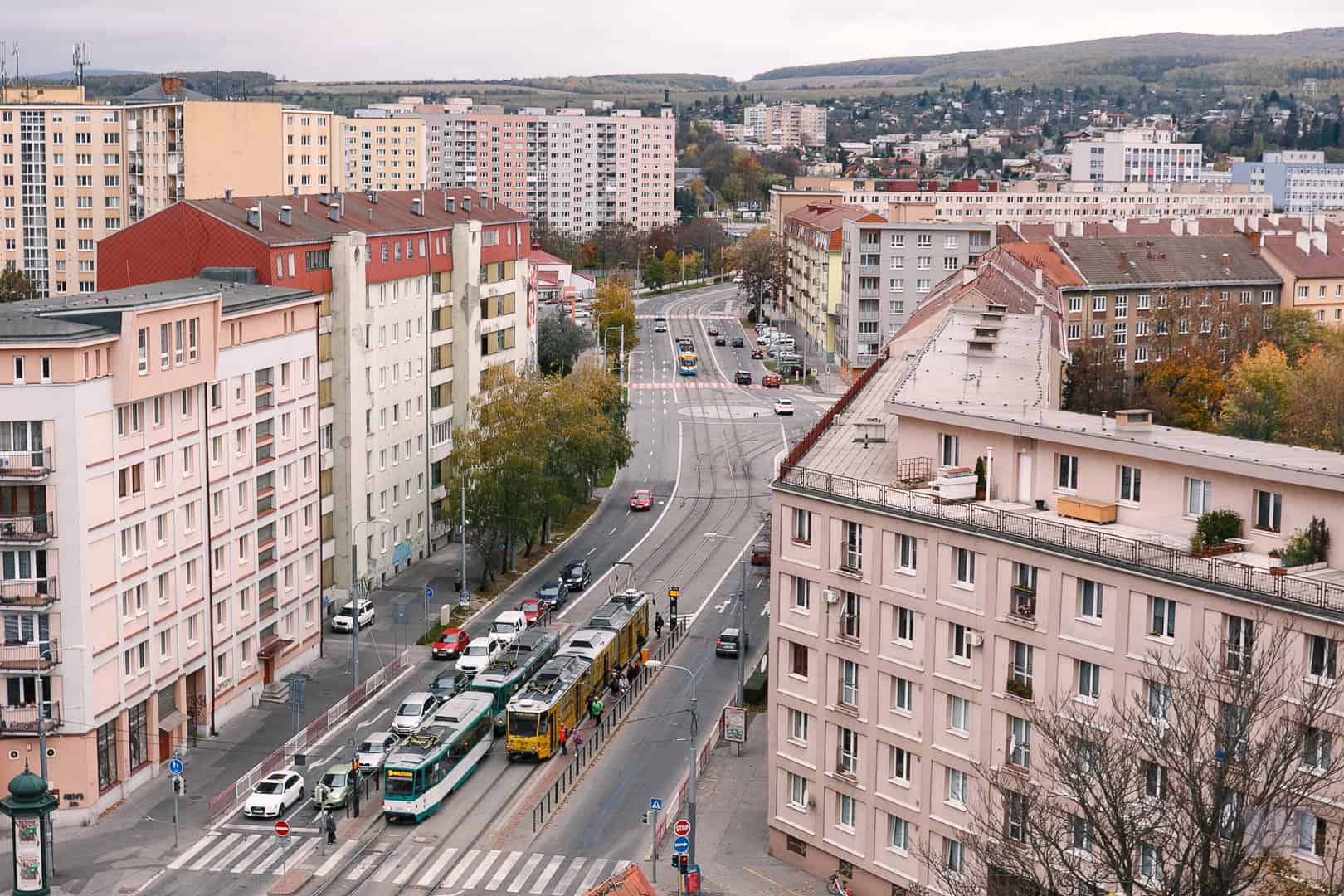
Steam made the world smaller, and cables raised concerns
The current state of the planet is not unique only because of the number of people who currently inhabit it but also because of the dynamic development we are experiencing. Today, technological advancements are coming faster than ever before, which has a significant impact on the functioning of the world.
The most important discovery of the 19th century was the steam engine, which instantly made the world appear smaller. It was suddenly possible to transport people and goods at an ‘enormous’ speed. It sped up development but created other issues which resulted in war. A century later, we began installing a lot of cables across the globe. Through them, we communicated and exchanged information. At the turn of the 90s, there was even a serious concern that people would stop coming out of the house, communicate personally, and instead remain attached only to their screens. The century we live in today carries the attribute ‘wireless.’ “Today, technology is an important part of the discourse, and public space also plays an important role in it. Until recently, people couldn’t take their devices with them because of cables connecting them. Today that’s history, and they can now take devices outside with them. However, the public space is not adjusted for that. Often people have nowhere to sit or refresh. These things have a huge impact on the functioning of cities today,” says Tomáš.
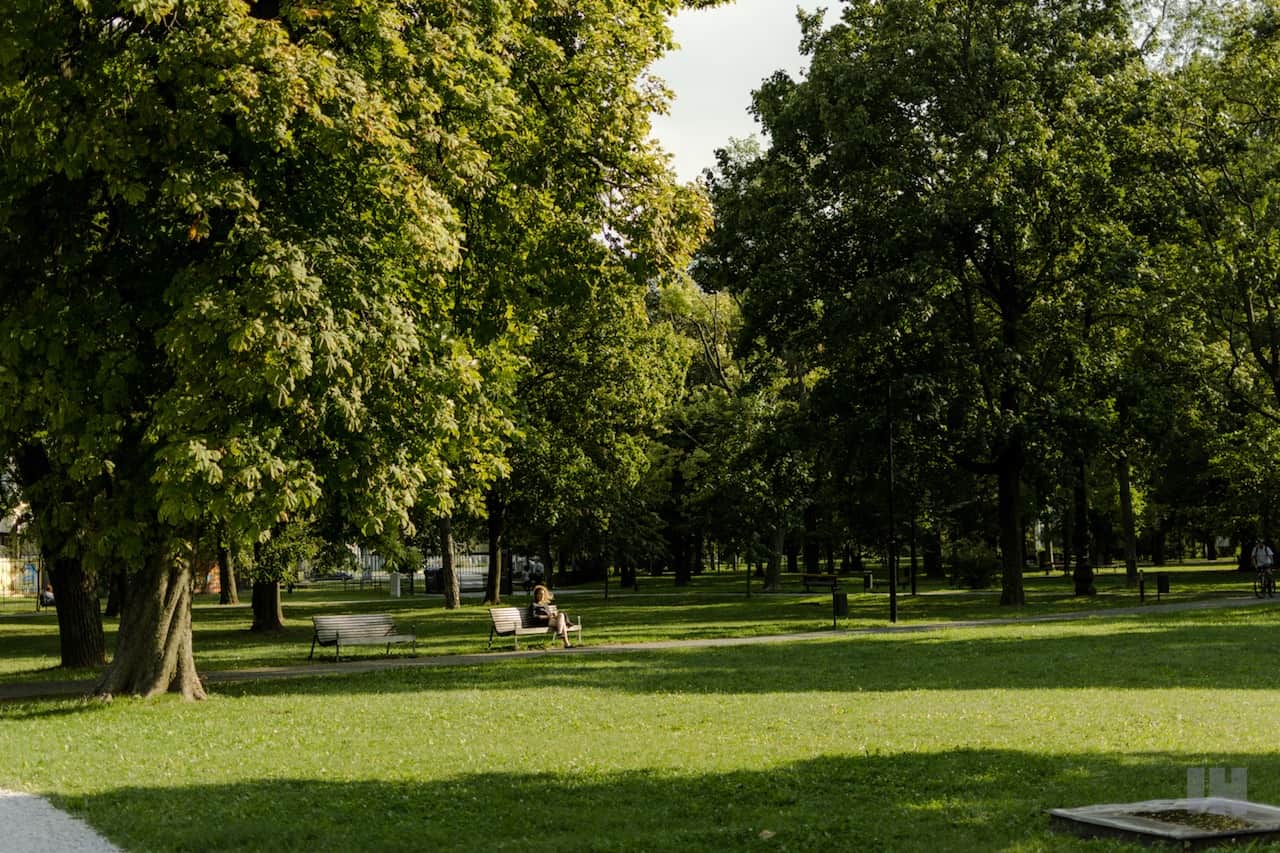
“New technologies bring people closer and prevent them from touch with the world.”
TOMÁŠ CTIBOR
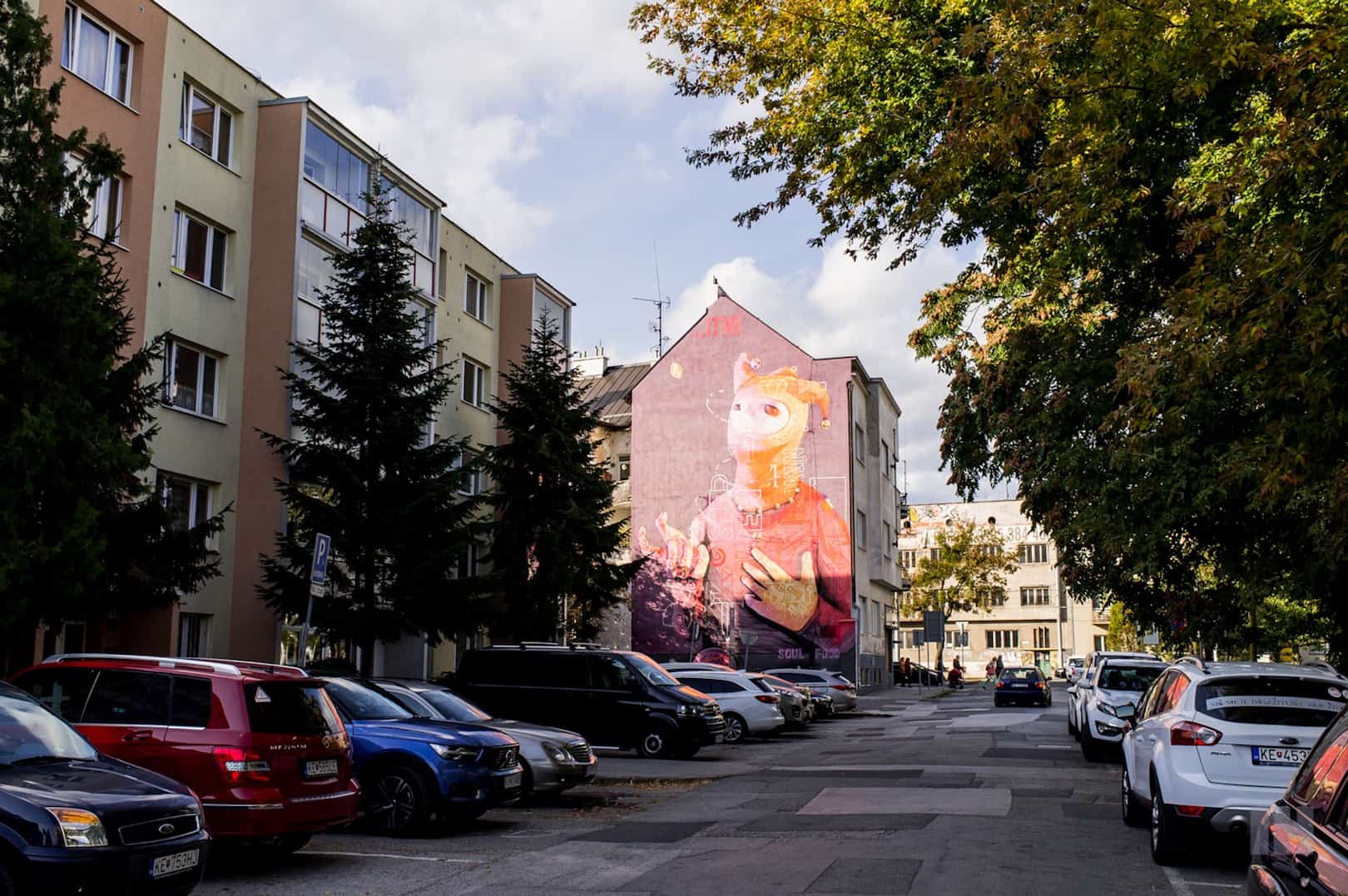
Democratic data access
Tomáš is responsible for the transformation of the Prague Institute of Planning and Development. He recalls that the whole process was possible only thanks to qualified people who were enthusiastic about the change. Since the beginning of their work, they knew that the world is moving forward in terms of urban data, which constitutes a great challenge. “Approximately every 5 years, Prague updated its current situation. Its state was analogously recorded: houses, fences, floors… A group of architects used to walk around the city for two years with maps and forms,” says Tomáš.
According to him, we don’t fully realize that government structures were historically built around the fact that they had a monopoly on information. Democracy is amazing in this regard because today, almost anyone can freely access the data. However, the risk of it harming people as much as helping them remains. Nowadays, we have to find our way in information. We must strive to make them as objective as possible to avoid incorrect and one-sided conclusions. “Cities today often have smart applications for everything. Although they are useful for citizens, it is a pity that they often do not work on one platform because they could be connected very effectively,” says Tomáš.
Creativity is a phenomenon
Today everyone wants to be smart. If we can label things with this keyword, we are sure that we are doing the right thing, no matter what we do. According to Tomáš, survival will be a creative challenge in the future. We will have to learn to respond to new challenges and changes. Cities will no longer plan for centuries or millennia ahead. They will have to learn to function in a way that responds creatively and flexibly to the constantly changing conditions. “For me, flexibility and creativity are undeniably a part of planning and running the city. We should see it as an integral part,” says Tomáš. According to him, Košice is an ideal example because the original setup has allowed for flexibility and change. New approaches and innovative solutions always attract new people, functions, and investors.
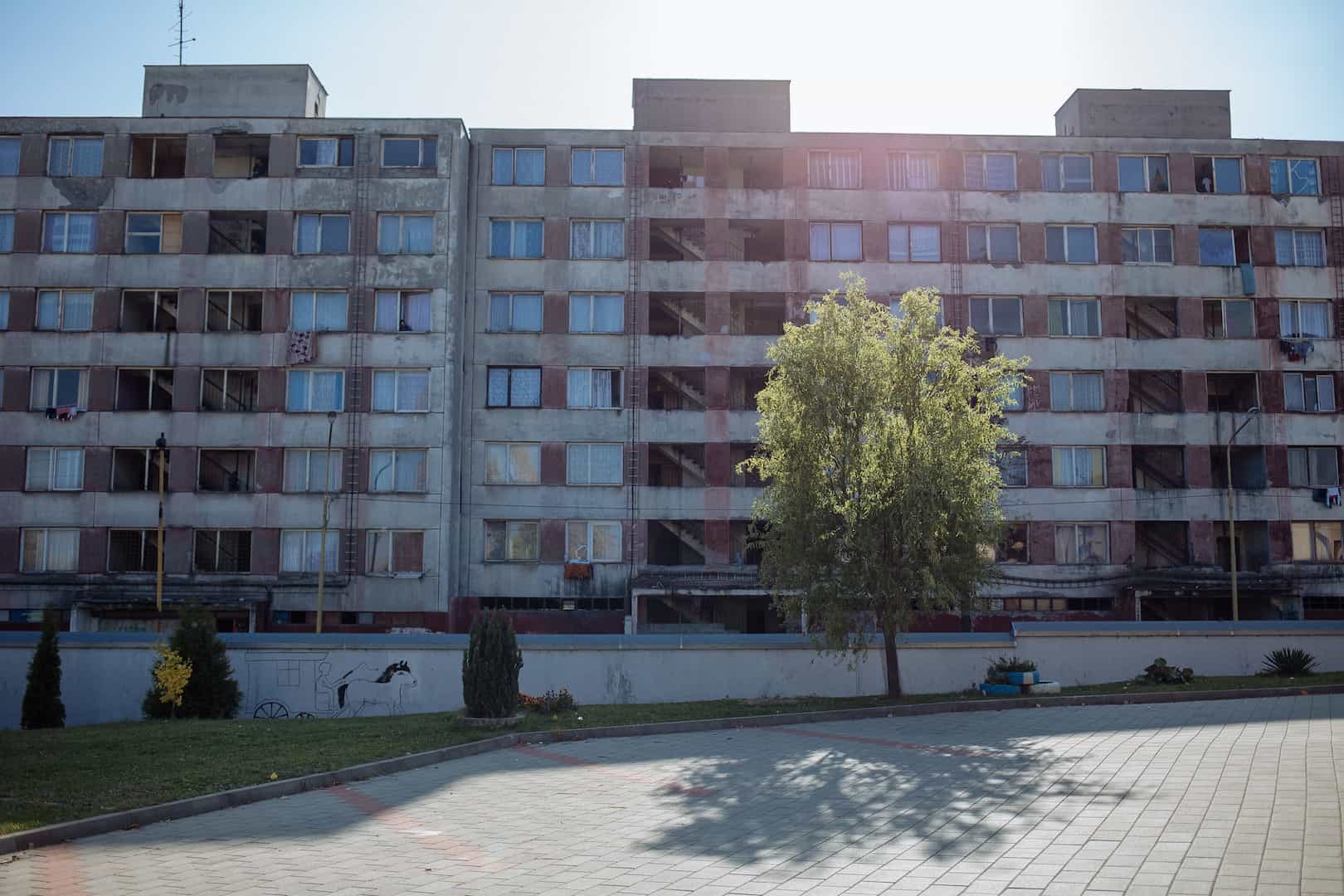
“Governance and urban planning always tend to repeat what they did in the past. It has its logic, but this generally means that we resist creativity. If we are about to start something new, we will do it the same way as the last time, even if it wasn’t the best. And this is really not sustainable today and especially in the future.”
TOMÁŠ CTIBOR
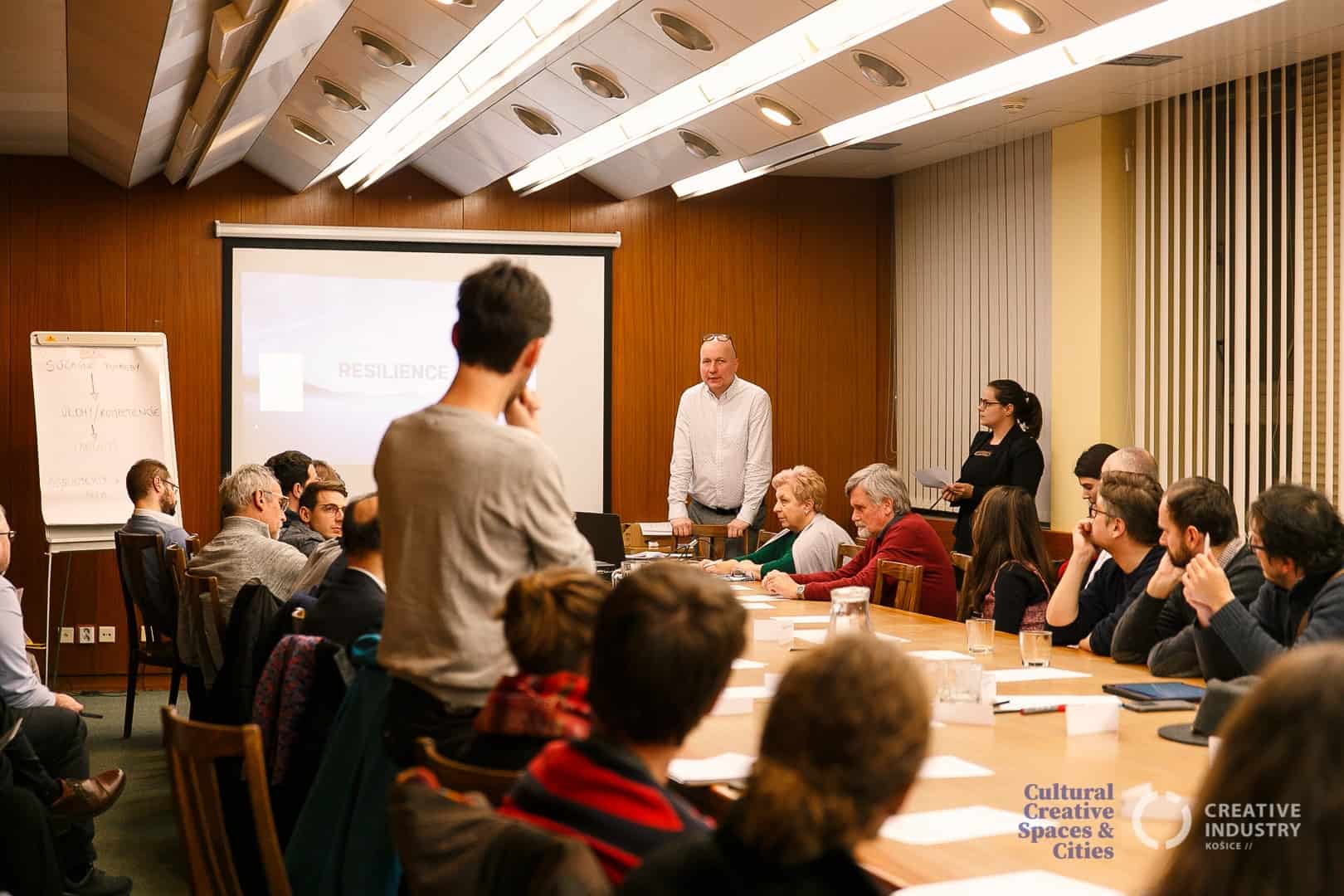
Recently, Tomáš led a workshop at the Municipality of Košice. He concludes that planning and construction are still primarily a conflict of views and ideas between representatives. It is not specific to any city or country. Most people would equate it to war. It is important to bring positive cooperation back to the discussions and work together to find an agreement, particularly on the basic principles, their parameters, and then on the design of each solution. It should not be forgotten to involve all relevant and useful stakeholders and entities such as universities, industrial enterprises, neighborhoods, and the like.
Project is co-funded by the Creative Europe Programme of the European Union.

